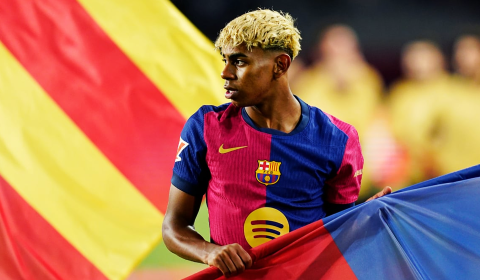Michelle and Jeremy are siblings from Western Kenya who describe themselves as energetic environmentalists. Their dream is to improve the cleanliness of our oceans and build better habitats for aquatic life. They built an app to do just that.
Michelle, a 16-year-old final year student from White Oaks School, Kisumu, is a co-founder of Osiepe Sango (Friends of Sango), a nongovernmental organisation that helps to improve Lake Victoria’s ecosystem.
She is a lover of music and plays both piano and bass guitar. An ardent public speaker who loves economics and literature, she’s also an Ocean Heroes ambassador. Impressive stuff.
Her younger brother Jeremy, meanwhile, is in ninth grade and is passionate about 3D design. He’s using his tech knowledge to re-discover Lake Victoria’s original condition and learning how it can be restored through new technology. He’s also the co-founder of Osiepe Sango.
During our Zoom call, the bubbly Michelle and Jeremy talked about how their love for the environment first came about.
Both grew up around Lake Victoria. In 2018, while walking with their cousin along the shores, they saw plastics pollution all across the water – plates, slippers, bottles, and everything in between.
Though they had a desire to remedy the situation, school commitments kept them too busy to dedicate time finding potential solutions – until 2020.

During the first Covid-19 surge which led to nationwide lockdown in Kenya, Michelle attended the virtual Ocean Heroes bootcamp.
Over forty youths attended from five continents. Her peers asked her about the lake and looked to her as a guiding force on positive environmental change. It was then that it dawned on her that she had to act.
‘During the first lockdown last year, we had extra free time and decided to explore the internet to find out what we could do concerning the lake,’ said Michelle.
Jeremy – being a tech enthusiast – focused on online research while his sister studied the lake’s ecosystems.
They collected data with the help of their mother, picking up plastic along the shores and sorting it into specific types.
Water bottles topped the list as the most common item, with six different brands found. ‘You can’t solve a problem without knowing its root cause,’ Michelle explained. Next, they had to find where the plastics came from and close the gap between supplier, consumer, and eventual pollution.
They found that wildlife at the lake has suffered. In fact, freshwater fish have been affected severely, and most of them are no longer available in the area due to pollution and climate change.
‘My mom told us about some type of fish fry used to eat back then, which nowadays are nowhere. I’ve been wondering for all these sixteen years I have been alive, what really happened to our lake?’
In 2020, Mitchell, Jeremy, and their mum went to a government facility in Kisumu, the Kenya Industrial Research and Development Institute (KIRDI).
They met two young engineers who listened to their ideas and gave them newfound confidence. Mitchell says she wasn’t sure a whole government facility would listen to and encourage her ideas on the environment at her age, let alone take her to a conference hall for a one-on-one meeting.




















